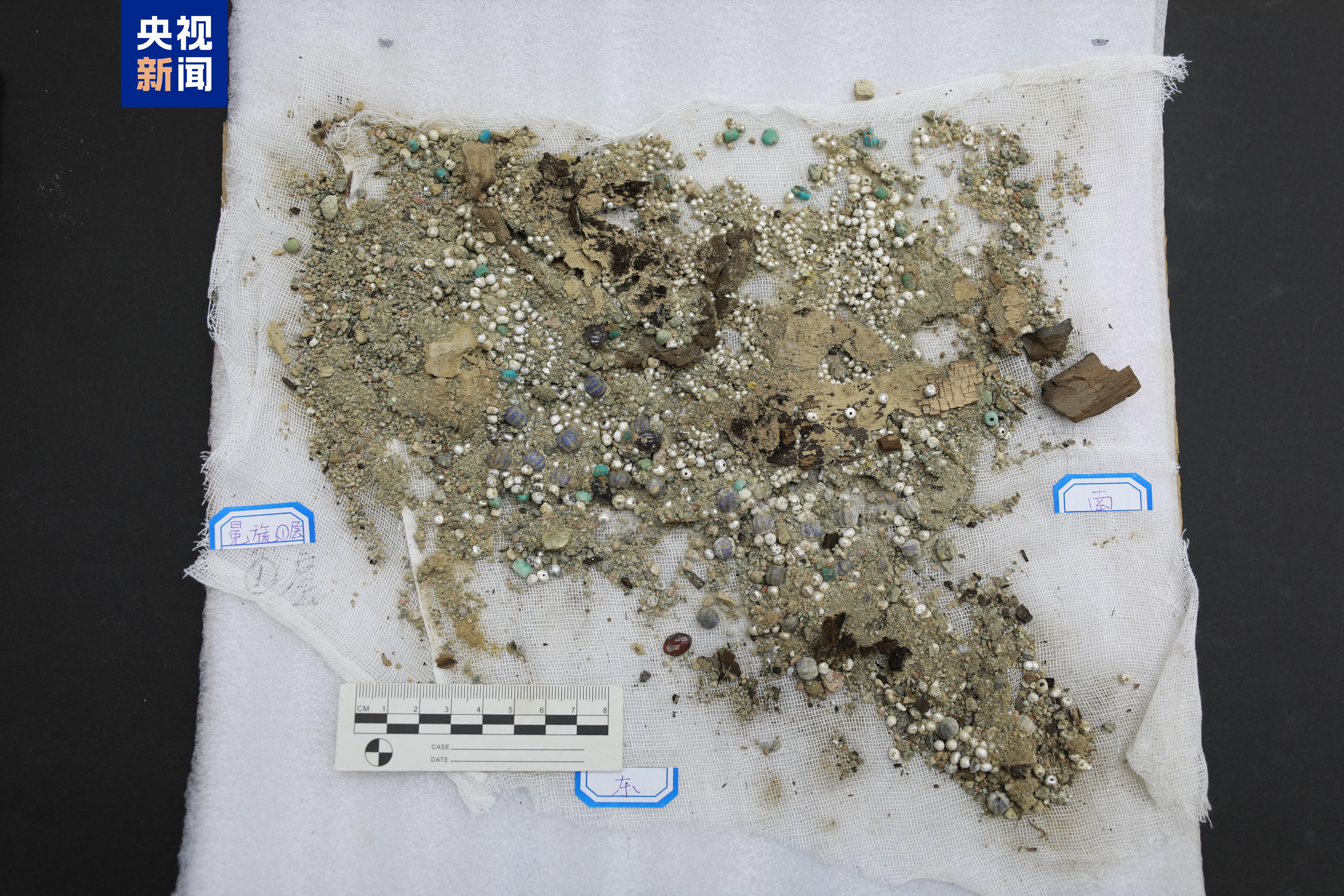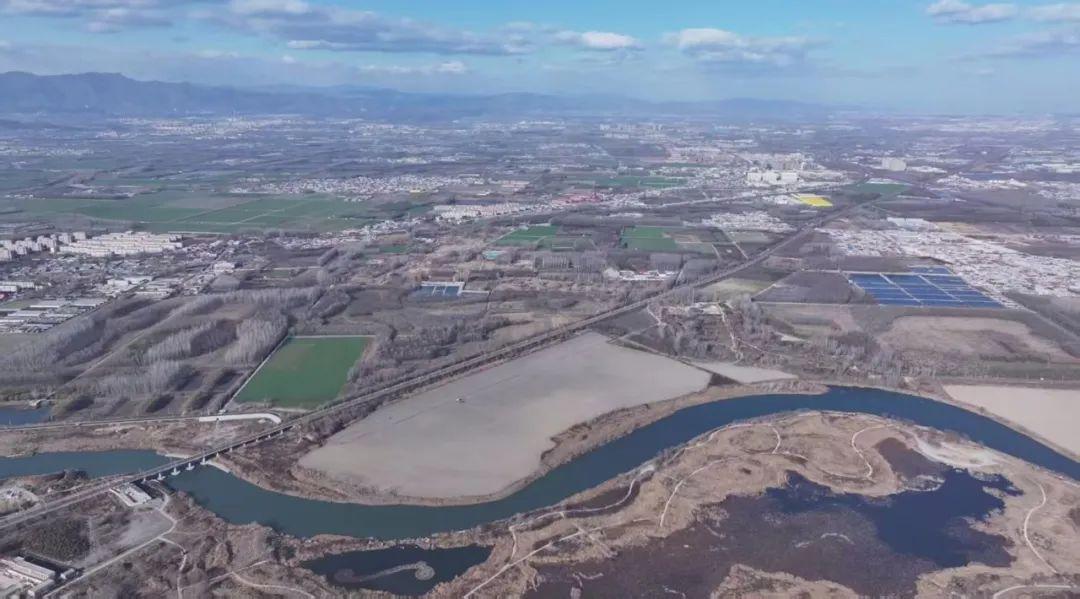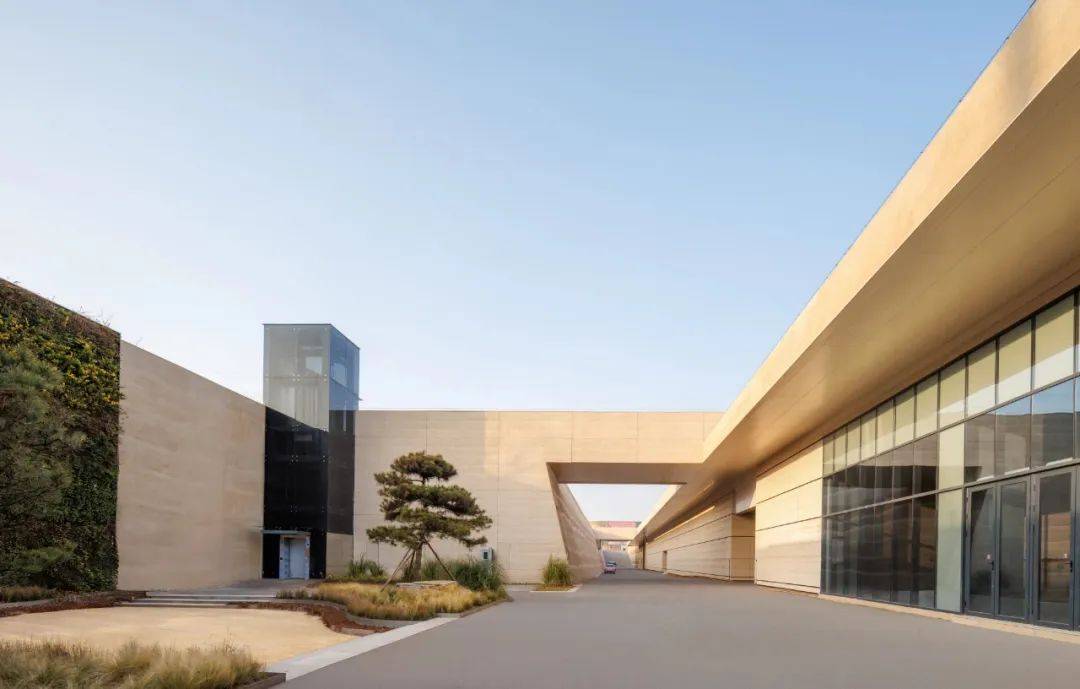
Today (May 27), the Chinese Academy of Social Sciences released seven "major achievements in scientific and technological archaeology and cultural heritage protection" in Beijing.
Three of the achievements focus on the protection and restoration of important cultural relics.
my country's first complete restoration of a complex crown from the Tubo period
In 2019, the silver-decorated gold crown with dragon, phoenix and lion patterns unearthed from Tomb No. 1 in Quangou, Wulan County, Qinghai Province, has been restored recently. The crown is more than 1,000 years old and was buried in a secret compartment in the tomb to avoid being destroyed by tomb robbers. Due to long-term burial underground, it has suffered severe deterioration and corrosion. Archaeological experts used the word "fragmented" to describe its state when it was unearthed.

After extraction

When unearthed
After nearly two years of restoration, archaeological experts integrated traditional skills with modern technology, especially using patented methods with independent intellectual property rights to complete the silver matrix orthopedic strengthening and tens of thousands of precision welding, and using X-ray imaging and neutron imaging technology to accurately restore the crown body and the 2,582 tassel beads. The structure of the crown was successfully restored. This is also the first time in my country that a crown cultural relic with a complex shape from the Tubo period has been completely restored.

After Repair

After restoration, it is exhibited in the museum
The Chinese dragon has a new image
In October 2024, two Tang Dynasty dragon heads unearthed from the ruins of the ancient city of Xiongan have been restored recently. One of the dragon heads has a single horn in the middle of the head, with six spiral "small horns" on the horn. Precious mineral materials are used to draw black eyeballs and green eye lines, showing a new image of the dragon. The Chinese dragon has a new member, which has become new material for the study of my country's dragon culture.

Photo of the unearthed dragon head No. 10
"Wuzhu" inscribed copper coins and Han-style bronze mirrors unearthed from the Monza Tiepei site
In terms of cultural relics protection and restoration, another achievement focuses on Chinese and foreign scientific and technological archaeology and cultural heritage protection along the "Belt and Road".
In 2024, the China-Uzbekistan joint archaeological team excavated the Monza Tiepei site. Some tombs have completed laboratory detailed excavation and emergency protection. During the process, a copper coin with the inscription "Wu Zhu" and a Han-style bronze mirror engraved with imitation continuous arc patterns were found. In particular, it was found that some silk fabrics were twill weft brocade, which is expected to push the history of this textile craft forward by a hundred years. These new scientific and technological archaeological discoveries provide new materials for the study of material and cultural exchanges on the Silk Road during the Wei, Jin, Southern and Northern Dynasties.

Twill weft brocade (fragment)

"Wu Zhu" inscribed copper coin

"Wu Zhu" inscribed copper coin
In addition, the other four results released this time also rely on scientific and technological archaeology to provide new research explanations and historical interpretations on major topics such as the origin and development of Chinese civilization, the formation and development of the Chinese nation, and cultural exchanges and mutual learning between China and foreign countries.
Archaeological experts discovered the interaction process of people in the central and southern parts of ancient Inner Mongolia
For the first time, archaeological experts used multidisciplinary methods such as human bone measurement and ancient DNA to study 508 skull specimens from 12 sites in the central and southern Inner Mongolia during the Eastern Zhou Dynasty, and discovered the interaction process of people in this region during that period, namely: after the decline of the Zhou Dynasty, the northern tribes migrated south, and the "ancient Mongolian Plateau type" people also stepped into this land. The Central Plains Dynasty broke the deadlock with "Hu clothing and horse riding", and a large number of "ancient Central Plains type" people moved in. After more than 300 years, this land has become an important stage for multi-ethnic exchanges and integration.




my country has a history of using grape resources for thousands of years.
It is generally believed that grapes were introduced to my country after Zhang Qian opened up the Western Regions during the Han Dynasty. The grapes mentioned here belong to the "Eurasian species". The research results released this time will enhance people's understanding of the history of the use of local grapes in my country.

Seeds of the genus Vitis from the Donghulin site

Grape seeds from Erlitou site
Archaeological experts conducted a systematic study of grape seeds unearthed from more than 20 archaeological sites across the country, including the Liao Shangjing site in Chifeng, Inner Mongolia, the Erlitou site in Luoyang, Henan, the Yuhui site in Bengbu, Anhui, and the Donghulin site in Beijing, which are approximately 800, more than 3,000, more than 6,000, and 10,000 years old, respectively. They discovered that long before Western grapes were introduced into my country, China had already had a history of utilizing grape plant resources that had lasted for thousands of years. After the introduction of Eurasian grapes, they did not completely replace native grape plants, and the two experienced a long period of coexistence.

Native grape plants in my country

Vitis vinifera plant
Dragonfly eye glass beads confirm the existence of the "pre-Silk Road"
Archaeological experts used major and trace component analysis and micro-CT technology to study 25 dragonfly-eye glass beads unearthed from four early Iron Age sites in Xinjiang and discovered that the glass beads originated from the Levant region along the Mediterranean coast. In addition, their composition and shape are basically consistent with the dragonfly-eye glass beads unearthed from the Warring States tomb in Majiayuan, Gansu. This provides evidence that natron glass was introduced into the Central Plains via the Xinjiang-Hexi Corridor. This route further confirms the existence of the "Pre-Silk Road". This study provides new key evidence for the interaction between early Asian and European civilizations.

Dragonfly Eye Glass Beads

Micro-CT observation of the internal structure of dragonfly eyes
From southern Shanxi to Luoyang, Zhongtiao Mountain in Shanxi is one of the sources of bronze ore at the Erlitou site.
Academic circles generally believe that the Erlitou site in Luoyang, Henan, may be the capital of the late Xia Dynasty. More than 100 bronze artifacts unearthed here laid the foundation for the form, style and craft tradition of ancient Chinese bronze artifacts. Archaeological experts have re-tested the bronze artifacts unearthed from the Erlitou site over the past 60 years and found that their materials include 8 types, including red copper, tin bronze, and lead-tin bronze. Through lead isotope analysis and other studies, it is further confirmed that Zhongtiao Mountain in southern Shanxi is one of the sources of its mineral materials. Archaeological experts said that more than 3,000 years ago, the long distance from southern Shanxi to Luoyang showed the management capabilities of the earliest wide-area monarchy in East Asia at that time.

X-ray of Erlitou Jue (side view)



